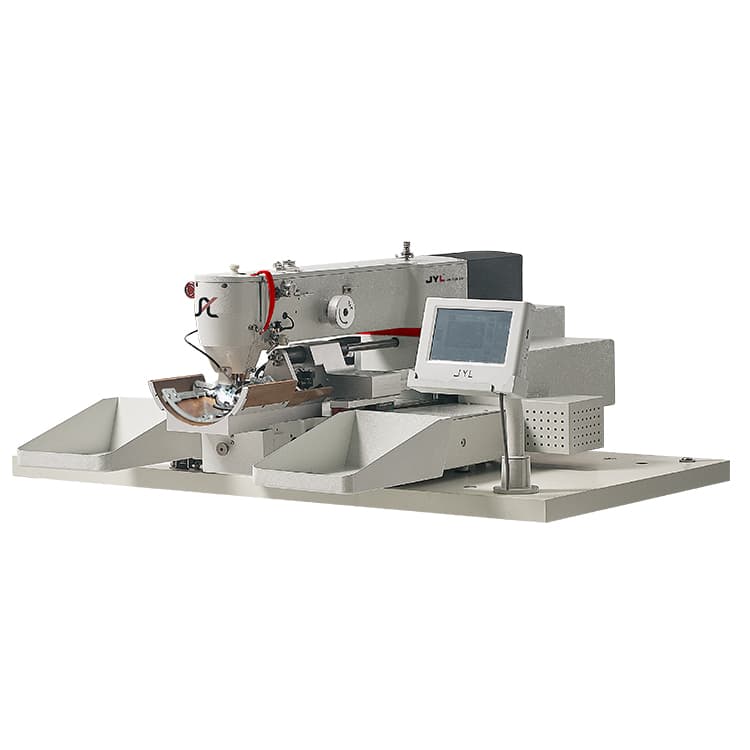A Sewing Machine is a machine that uses one or more sewing threads to form one or more stitches on the sewing material to interweave or sew one or more layers of sewing material. The sewing machine can sew fabrics such as cotton, fiber crops, silk, wool, and artificial fibers, and products such as leather, plastics, and paper. And it derived art forms such as hand-push embroidery, Computerized Pattern Machine, and computer embroidery.
Categories of Sewing Machines
According to the purpose of the sewing machine, it can be divided into household sewing machines, industrial sewing machines and service industry sewing machines between the two; according to the driving mode, it can be divided into hand, pedal and electric sewing machines; according to the sewing stitches can be divided into Sewing machine for hand stitch, bartack stitch, single-thread chainstitch, double-thread or multiple-thread chainstitch, single-thread or multiple-thread covering chainstitch and multiple-thread covering chainstitch.
household sewing machine
In the early days, they were basically single-needle, hand-cranked sewing machines. Later, electric-driven sewing machines were invented and became the mainstream in the market. Divided according to its mechanism and stitch form, it can be roughly summarized as JA type, JB type, JG type, and JH type. A kind of household sewing machine—JG type household electronic Multifunctional Sewing Machine.
industrial sewing machine
Most of the industrial sewing machines are general-purpose sewing machines, including lockstitch sewing machines, chain stitching machines, quilting machines, overlock sewing machines and interlock sewing machines, etc., and lockstitch sewing machines have the highest utilization rate.
machine classification
There are many classification methods of sewing machines, and the more common ones are by stitches and uses. The stitches of sewing machines can be classified into two types: lock stitch and chain stitch. The lockstitch, the most common, consists of two stitches that are interwoven like twisted rope, with the interweaving point in the middle of the sewing material. From the cross-section of the stitches, the two stitches are like two locks locking each other, so they are called lock stitches. This stitch is used in sewing materials such as cotton, wool fabric or leather with a small shrinkage rate. The front and back have the same shape, like a dotted line. The stitches are densely distributed, and the fastness of sewing is generally higher than that of manual sewing. We have Shoes Sewing Machine for sale, please contact us if you are interested.
Chain stitches are formed by self-connecting or interconnecting loops of sutures, commonly used are single-thread chain, double-thread chain and three-thread overlock stitches. The feature of this stitch is that the stitches are elastic and can expand and contract with the sewing material without breaking the stitches. It is suitable for garments made of elastic fabrics or products and clothing blanks that are easy to be loose when overlocked.
In addition, sewing machines can be divided into household, industrial, and service industry machines according to their uses, and can also be divided into hand sewing machines, pedal sewing machines, and Automatic Punching Sewing Machines according to their driving forms.





